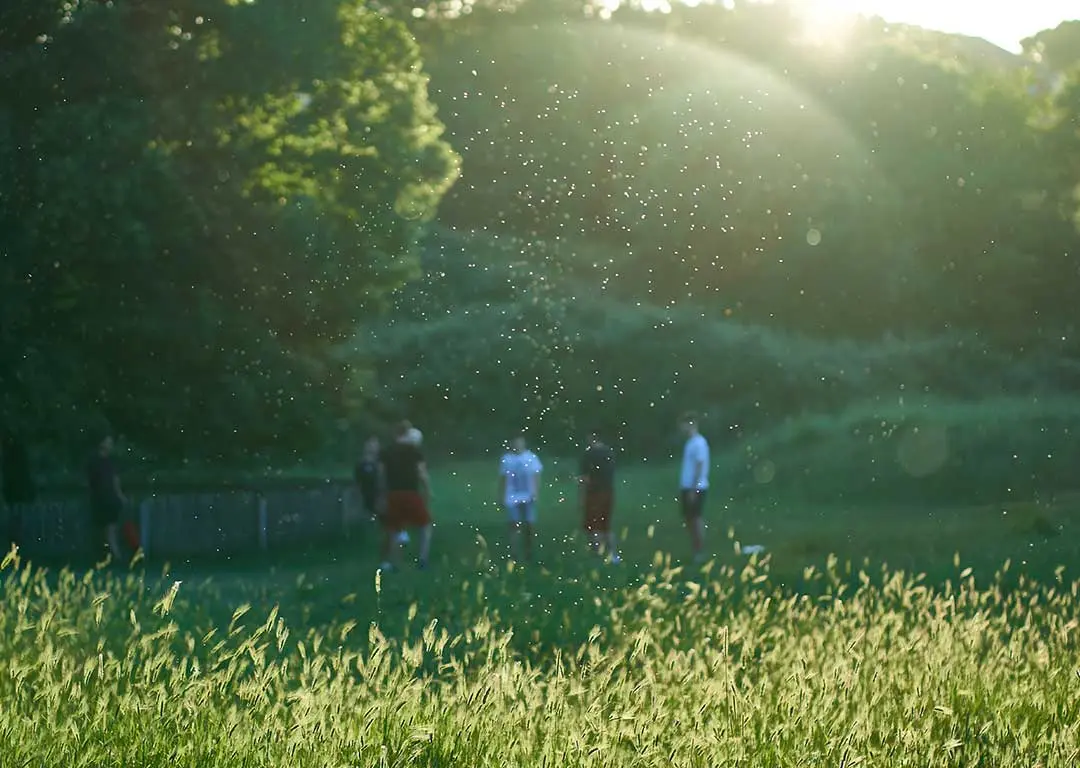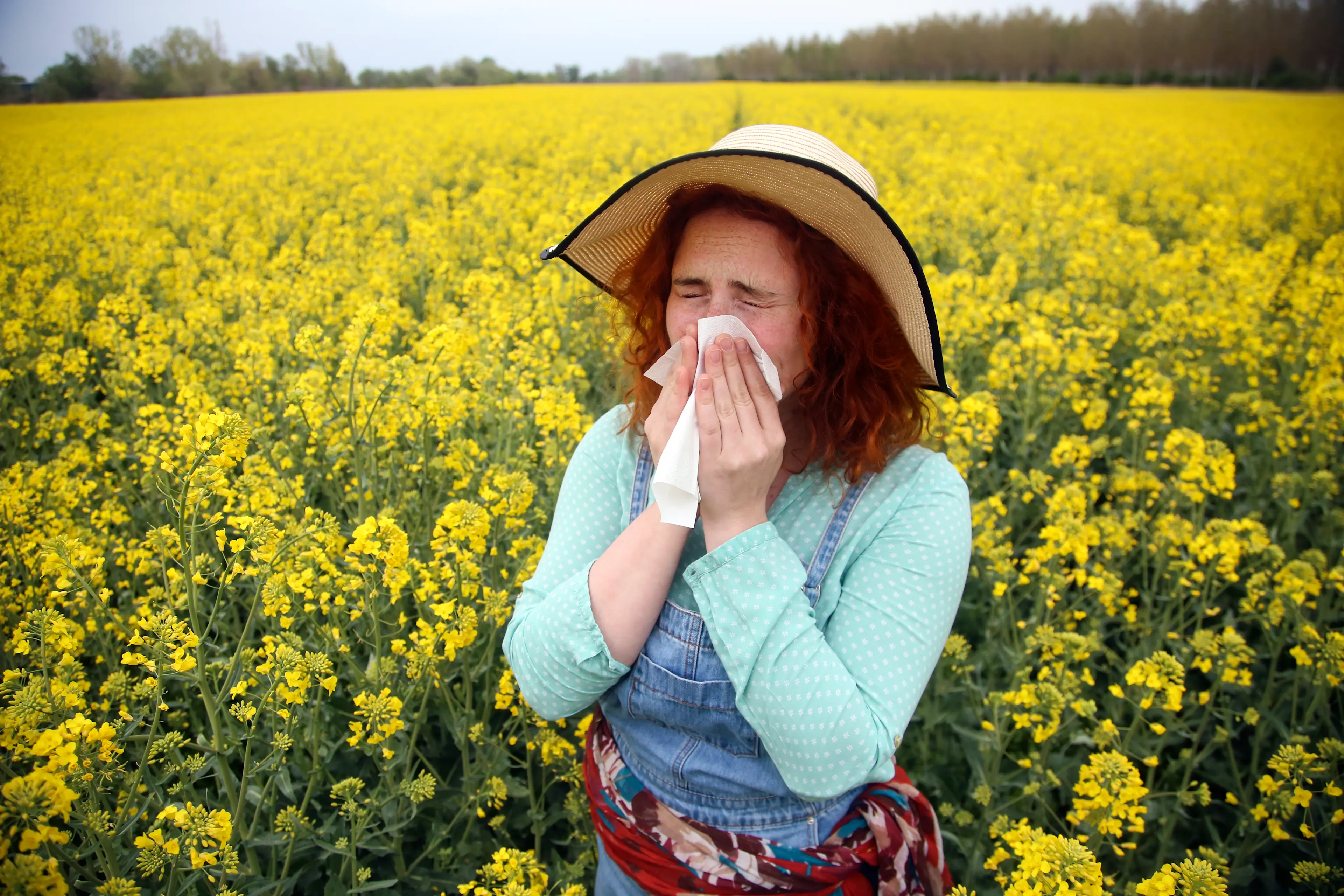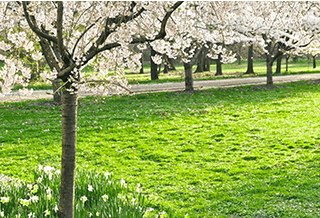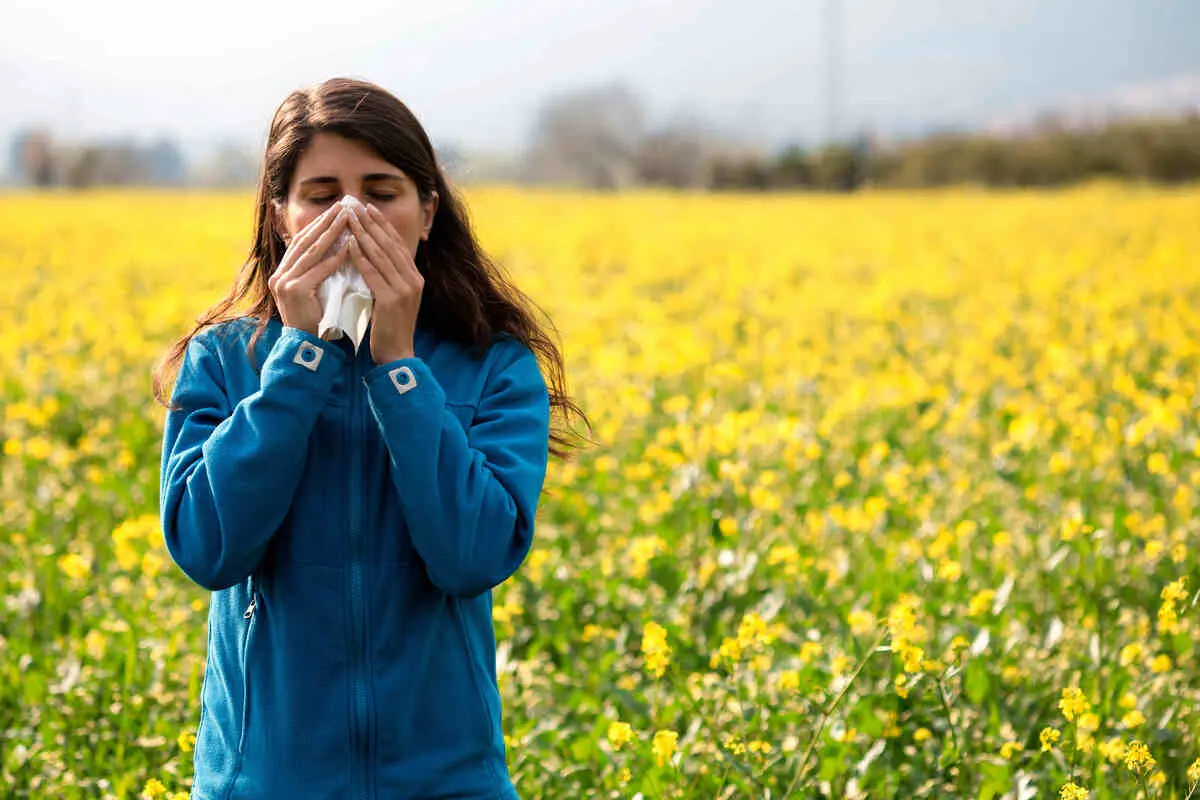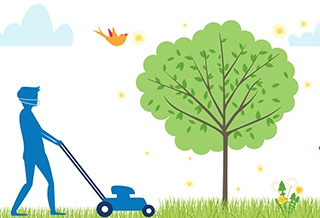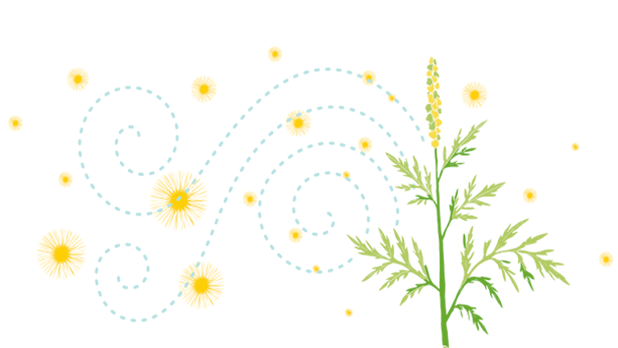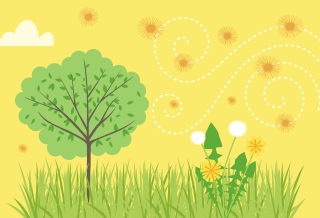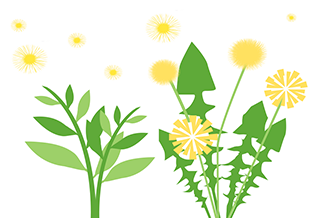What Is Tree Pollen?
Tree pollen is a fine, powdery-like substance that is produced by trees for the purpose of reproduction. It is the same powder that bees carry from plant to plant, during pollination. Because of its microscopic appearance, pollen grains are virtually impossible for humans to see with the naked eye; these fine, powdery particles can be carried by the wind, making it easy for us to breathe them in without even noticing. If you are allergic to tree pollen, you may expect a sudden wave of allergy symptoms.
Trees produce pollen on a seasonal basis, leading to an uptick in allergy symptoms around the time of pollen production.2 In fact, someone with tree pollen allergies may experience mild to no symptoms during the times of the year when pollen isn't produced. In Canada, tree pollen levels peaks between mid-March and mid-June.3 During these months, anyone who suffers from tree pollen allergy may experience their most irritating and bothersome symptoms.
Common Tree Allergies
Although you cannot see pollen grains, you can try to avoid the types of trees that produce pollen at certain types of the year. In Canada, the most common tree types that cause allergies are Maple, Willow, Ash, Pine, Oak and Birch trees. These trees are spread across provinces in Canada and are active at different times during the year:
Sugar Maple Trees are found within Manitoba to Nova Scotia and typically produce pollen from September to October.
Red Maple Trees are found in the Great Lakes Region and are active from March to April.
Douglas Maple Trees surround Western Canada and produce pollen from August to September.
Peach Leaf Willow Trees branch out from British Columbia to Quebec. These trees are active producers of pollen from April to May.
The White Birch is one of the most common types of trees found in all provinces except Nunavut. Avoiding White Birch Trees during the months of April to June can help reduce your chance of allergy triggers.
White Ash Trees and Western White Pine Trees are both found in Eastern Canada and are active from April to May.
Eastern White Pine Trees can be found from Manitoba to Newfoundland. These trees produce pollen from May to June.
Bur Oak Trees are found from Saskatchewan to New Brunswick. These trees produce pollen from March to May.
White Oak Trees can be found in Ontario and Quebec. This variety of tree produces pollen from March through May.
Symptoms of Tree Pollen Allergies
Wondering what to expect if you have a flare-up of tree pollen allergy symptoms? As with other common allergies that trigger symptoms in your nose and respiratory passageways, tree pollen allergies can cause symptoms like:4
Watery, swollen and/or itchy eyes
Headache
Running nose
Sneezing
Itchy throat
Pollen allergies can also aggravate other respiratory conditions like asthma, and trigger additional symptoms like coughing or wheezing.
How to Alleviate Tree Pollen Allergies
Dealing with the symptoms of tree allergies can be overwhelming, especially when you’re attempting to enjoy the great Canadian outdoors. But don’t worry too much, there are steps you can take to get your symptoms in control.
One of the best ways to avoid allergy symptoms is to avoid the allergen itself. When tree pollen counts are high, consider limiting your outdoor exposure to reduce the chances of pollen triggers.
In some cases, it may be impossible to avoid tree pollen, but you can reduce and/or alleviate your symptoms with home remedies and medications. If you have been exposed to tree pollen while you were out, shower as soon as possible to remove any clinging pollen grains. If you live near gardens or trees, consider keeping your windows closed during certain months, or use a HVAC system to filter your indoor air.
Remember, you can always count on Reactine® to provide a variety of products that suit your allergy needs! Don’t be daunted by tree pollen allergies, and don’t let your symptoms get in the way of having fun. Whether you’re looking for Reactine® Extra Strength or Reactine® Liquid Gels, you can be sure these allergy pills are working hard to relieve your indoor and outdoor allergy symptoms for 24 hours—even those caused by pesky and seemingly unavoidable tree pollen. Itchy and watery eyes, runny nose, sneezing, and nasal congestion? Reactine® has got you covered!
For expert advice on dealing with tree allergies or to discuss any over-the-counter or prescription medication, speak with your doctor or another healthcare professional
